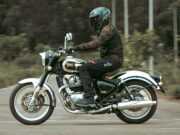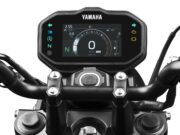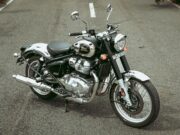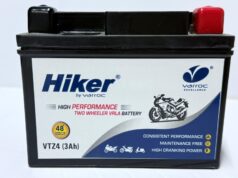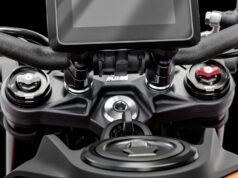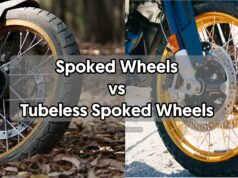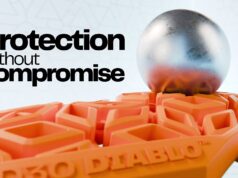You know what they say: The fatter the tire, the floatier the ride. While skinny and hybrid bikes have their appeal when it comes to snowy excursions, you’ll have the smoothest, sturdiest and most satisfying trip on a fat tire bike. Here are a few tips for getting the most out of your next adventure.
Layer Up
In winter, fat-tire biking requires unique gear, especially off-road. You’re going to heat up as you climb and cool off during your descent, so you need to dress accordingly to maintain your comfort. The smartest way to do that is with a series of thin, breathable layers. Start with a wool base layer, for example, and top it off with a lightweight, weather-resistant outer layer. Under your helmet, protect yourself with a wool buff that’s easy to remove as needed.
In short, don’t get stuck in a sweltering puffy coat. Plan ahead with attire that adapts to changing conditions.
Lower Your Tire Pressure
Traction on a snowy trail can be challenging. Generally speaking, lower tire pressure leads to better results: More of your tires’ surface area strikes the ground, enhancing shock absorption. If you’ve been researching fat tire bikes for sale, you may have noticed that those thick hunks of rubber are exceptionally well-suited for riding with the low PSI that winter conditions require.
How low is low? Really low — think 5 PSI on average. Every rider and every situation has its own ideal PSI, though, and a fat tire bike’s built-in grip makes experimenting with your PSI easy.
Put in the Prep Work
Even the best electric bike for winter is going to struggle on unpacked snow. When you and your fat tire bike are ready to hit the trail, you have two options: Look for a route that’s well-traveled or be the team player who breaks the trail.
That said, breaking in a new route can be rough. If you’re new to winter riding, stick to trails that have already been packed by other riders. If you take your fat tire bike out in the snow frequently, however, try to break at least one trail per month — whether that’s on your bike or on your snowshoes.
Be Ready To Work, Period
As you might expect, riding through snow offers one heck of a workout for your core — especially if the snow is soft. You can expect to burn as many as 1,500 calories per hour (depending on the conditions). What’s more, you can also look forward to a speedy recovery since you’re not putting the stress on your body that you would if you were hiking or taking part in other weight-bearing workouts.
Use Social Media to Your Advantage
If riding through the snow is common in your area, look online for forums, Facebook groups and other ways to connect with the fat tire bike community. In addition to reports on local road and trail conditions, you may also snag some PSI tips and even a few ride buddies.
When temperatures plummet and snow covers the ground, you don’t have to kiss bike rides goodbye for the season. You don’t need to lower your expectations for satisfying, frequent rides either. Crush that powder on a fat tire bike instead.
You can also go to the link Tope-bikes.com for more exciting bikes with unbiased reviews and information about electric bikes.










